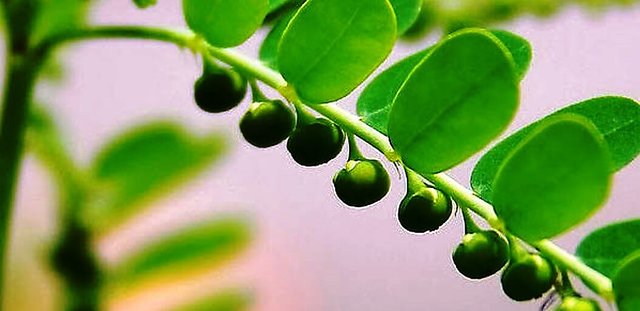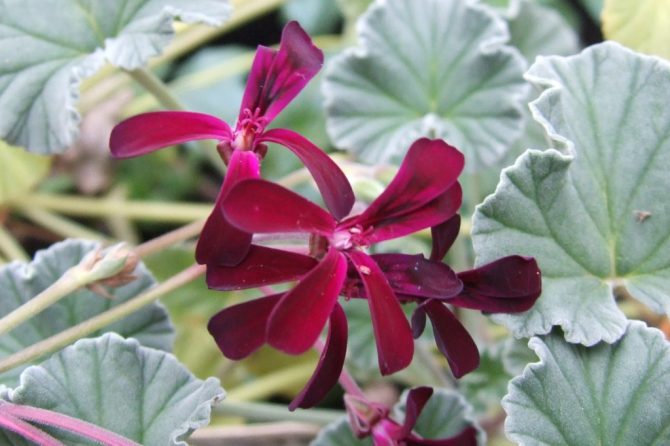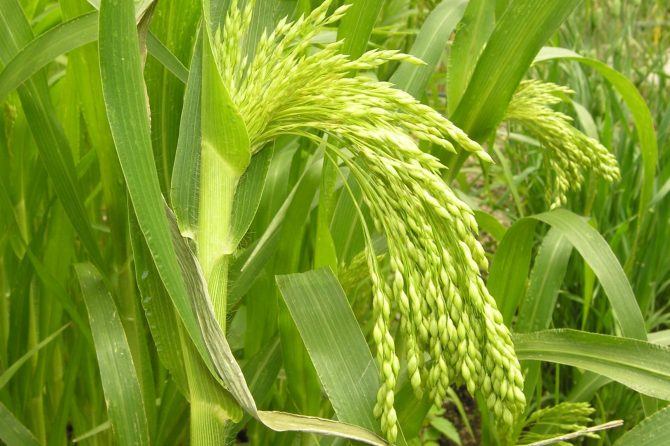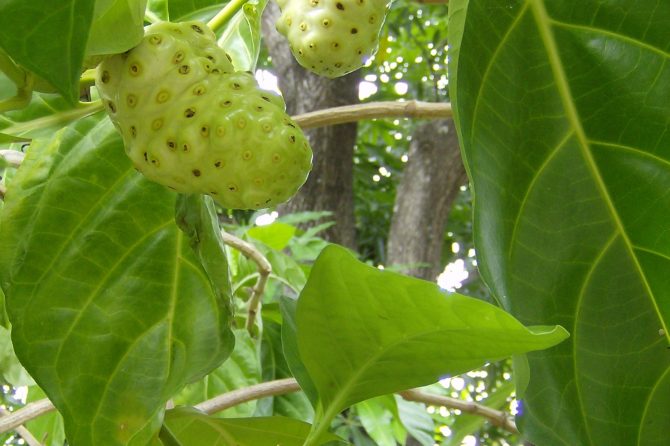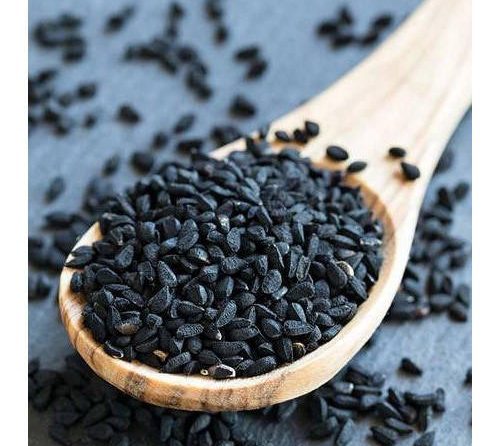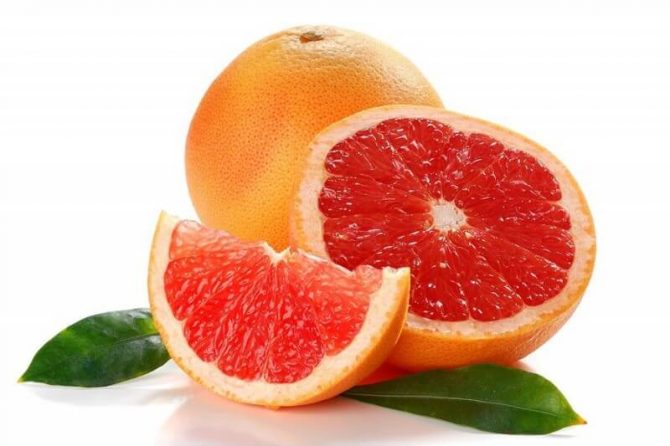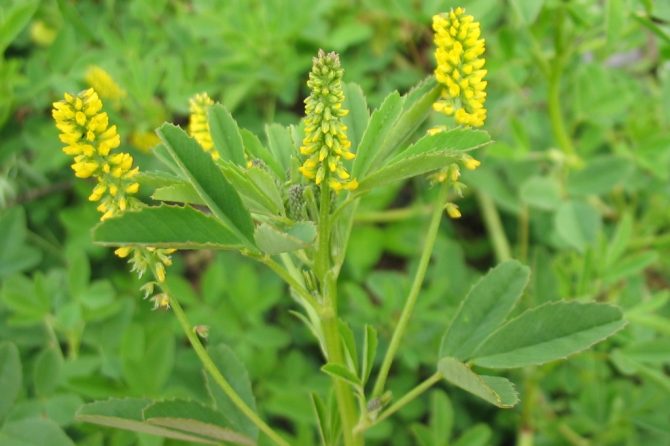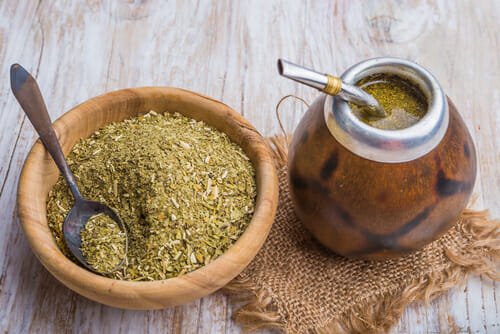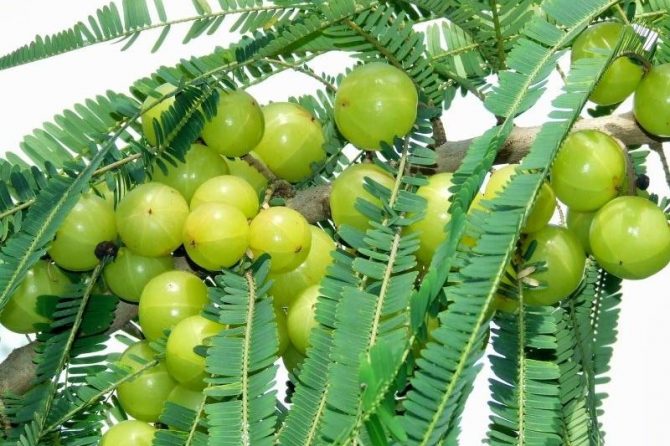
PHYLLANTUS EMBLICA
Profile Latin Name: Phyllantus emblica CAS No.: 90028-28-7 Active Ingredient: Tannins Specifications: 30% Test Method: UV-VIS Part used: Fruit Appearance: Fine yellow brown powder Description Phyllanthus emblica (amalaki) also known as Indian gooseberry, is a plant used since ancient times in Ayurvedic medicine for various properties: adaptogenic, anti-aging, anti-inflammatory. It is a rich dietary
Read more
